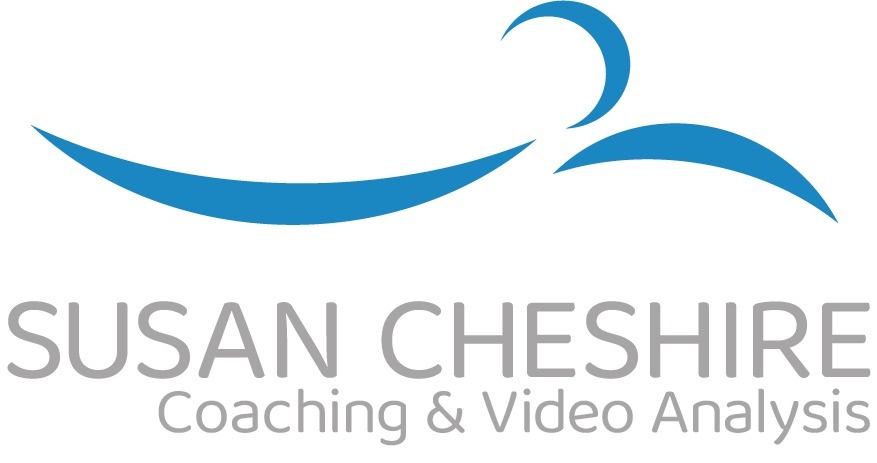The positive impact of small gains
A swimmer I have been coaching recommended I read Atomic Habits, by James Clear.
A little late to reach my bookshelf ….20 million apparently already read it!
https://jamesclear.com/atomic-habits
I jotted down the excerpts that really resonated with me and I wanted to share, you may identify with some of these yourselves, not just in your swimming but in all your habits. The book describes the compound effect of small changes, the 1% gains.
When I first meat a new swimmer they complete a questionnaire, one of the questions is:
‘Why is improving your swimming important to you?’,
it is important to reflect on your reasons and motivation for change.
Along with my excerpts from the book, I have included some examples of the reasons swimmers have to improve, reasons that help release the energy to practice:
What’s yours…have they changed over time?
Excerpts from Atomic Habits:
With the same habits, you’ll get the same results. But with better habits, anything is possible.
Four step model of habits – cue, craving, response, and reward.
In order to make a meaningful difference, habits need to persist long enough to break through the Plateau of Latent Potential.
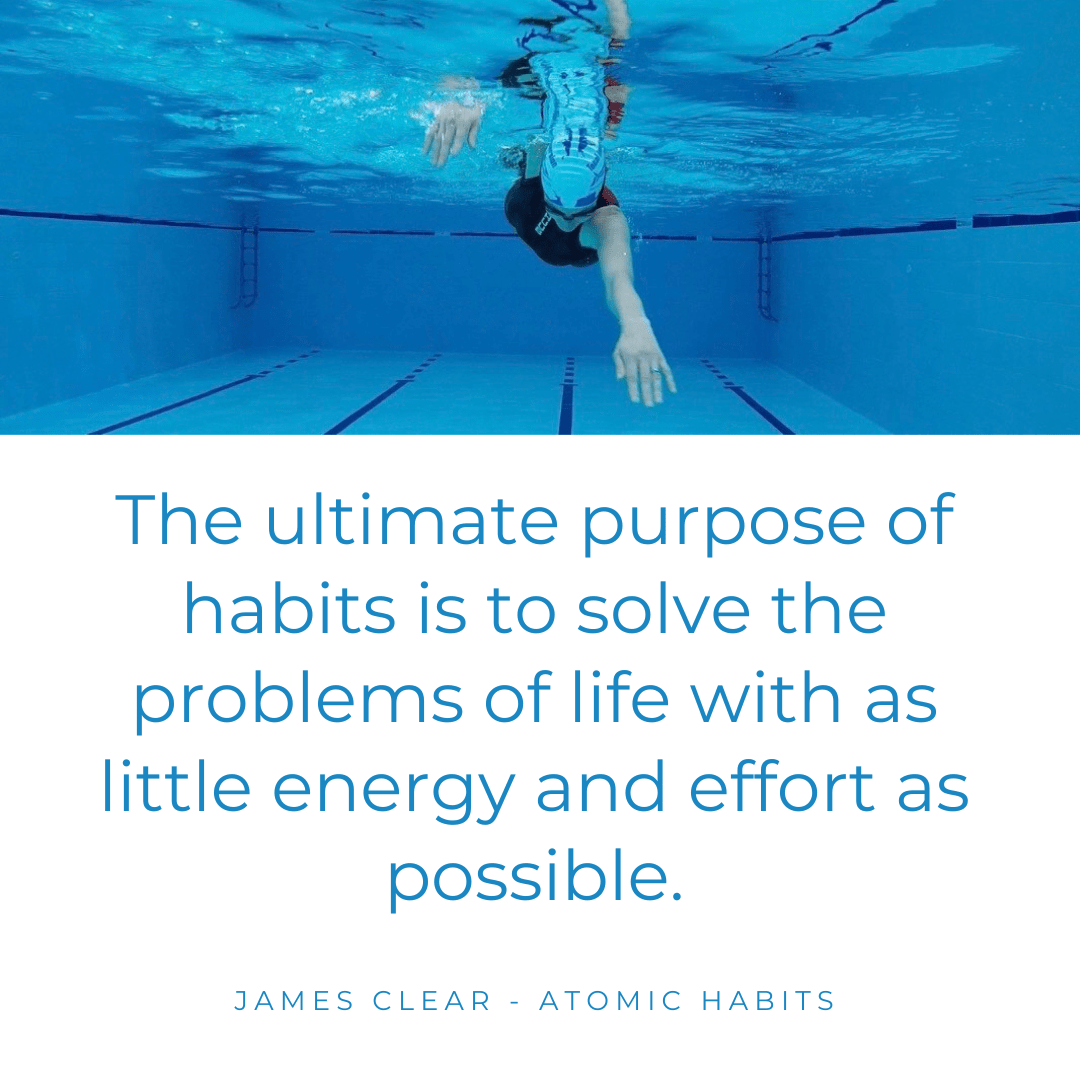
Like an onion the first layer of change is changing your outcomes: WHAT YOU GET
eg: finish your swim less exhausted; without shoulder discomfort; feeling more effective & efficient; Improving swim times/distance
The second layer is changing the process, changing your focus in the pool/how you approach swimming. WHAT YOU DO
Third and deepest layer is changing your identity, this level is changing your beliefs, your self image. WHAT YOU BELIEVE
By building identity based habits, from the inside out we focus on the direction of change. WHO WE WISH TO BE (a more relaxed/effective/efficient/faster/pain-free swimmer)
Examples below of those I have recently coached – Motivation Matters
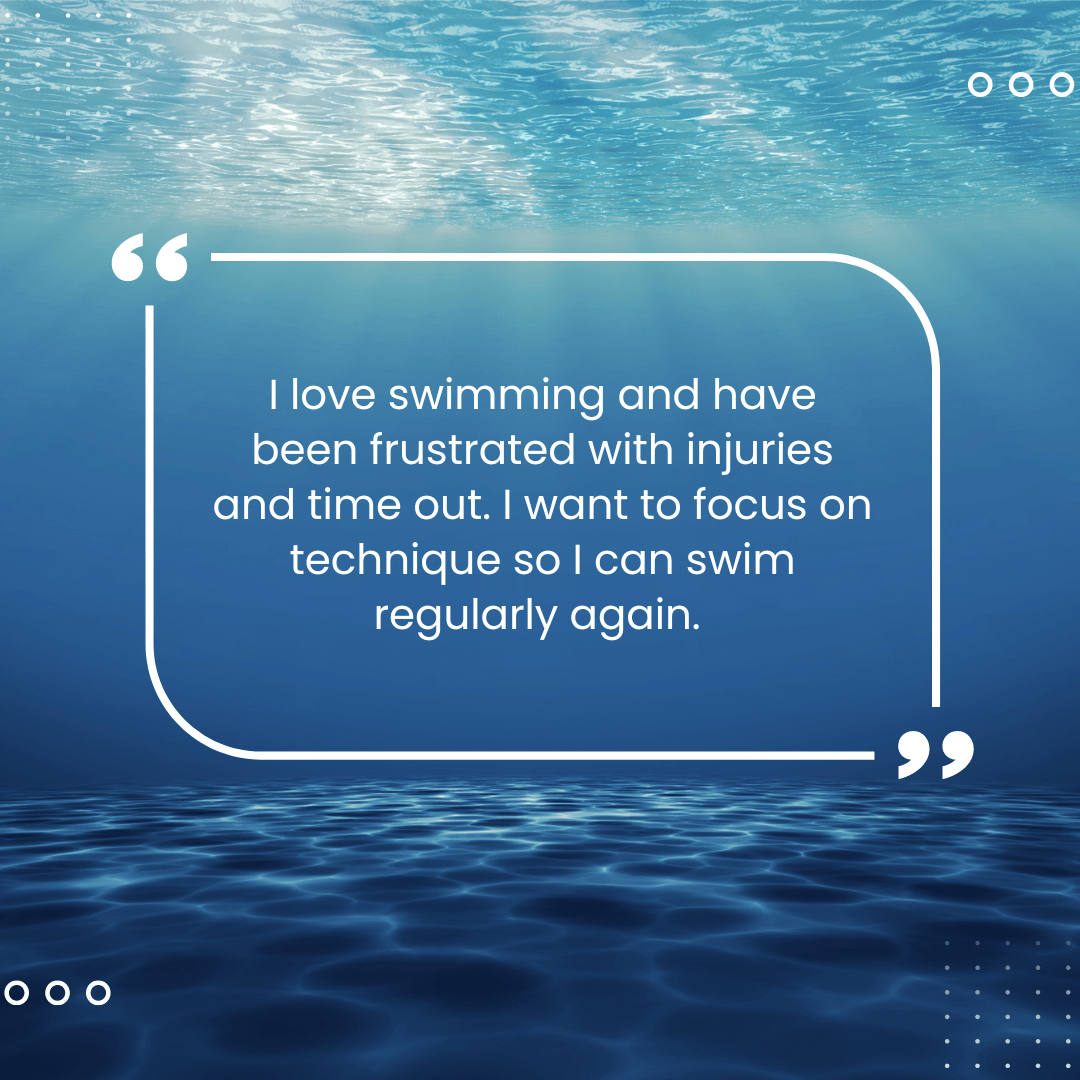
The goal is not just to complete your challenge ~(Ironman, swim event) , the goal is to become an efficient better swimmer.
Feedback loops lie behind all human behaviour: try, fail, learn, try differently.
The conscious mind is the bottle neck of the brain. It can only pay attention to one problem at a time. Habits reduce cognitive load and free up mental capacity.
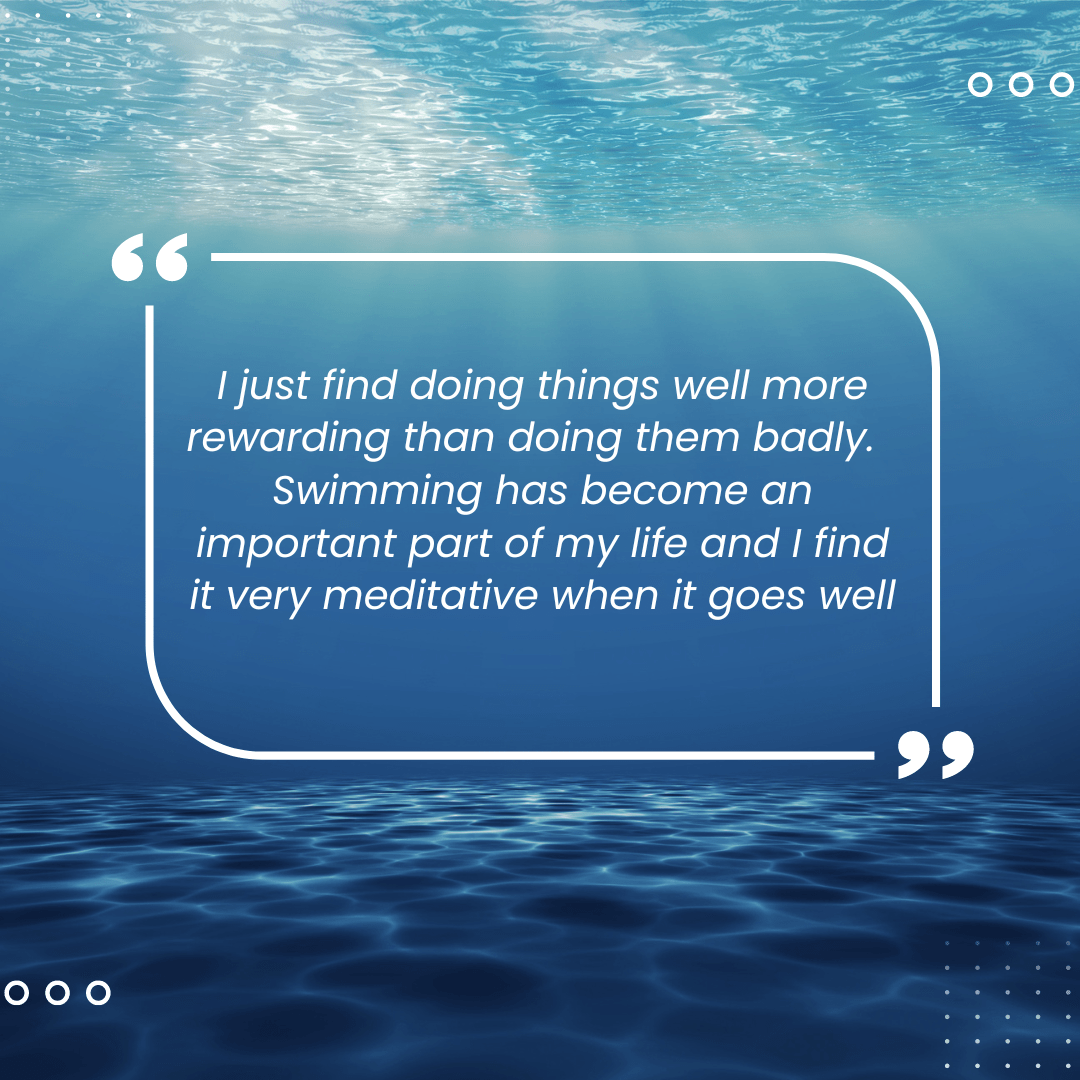
The book described in depth a 4 step pattern as the backbone for every habit:
Cue, Craving, Response, Reward.
The cue triggers the brain it is close to a reward.
The craving – motivation and desire giving the craving to change.
The response you are working toward will only happen if you willing to expend the physical and mental effort, other wise it won’t happen.
Response delivers a reward. Rewards are the end goal of every habit. The cue is about noticing the reward. The craving is about wanting the reward.
Rewards closes the feedback loop and complete the habit cycle.
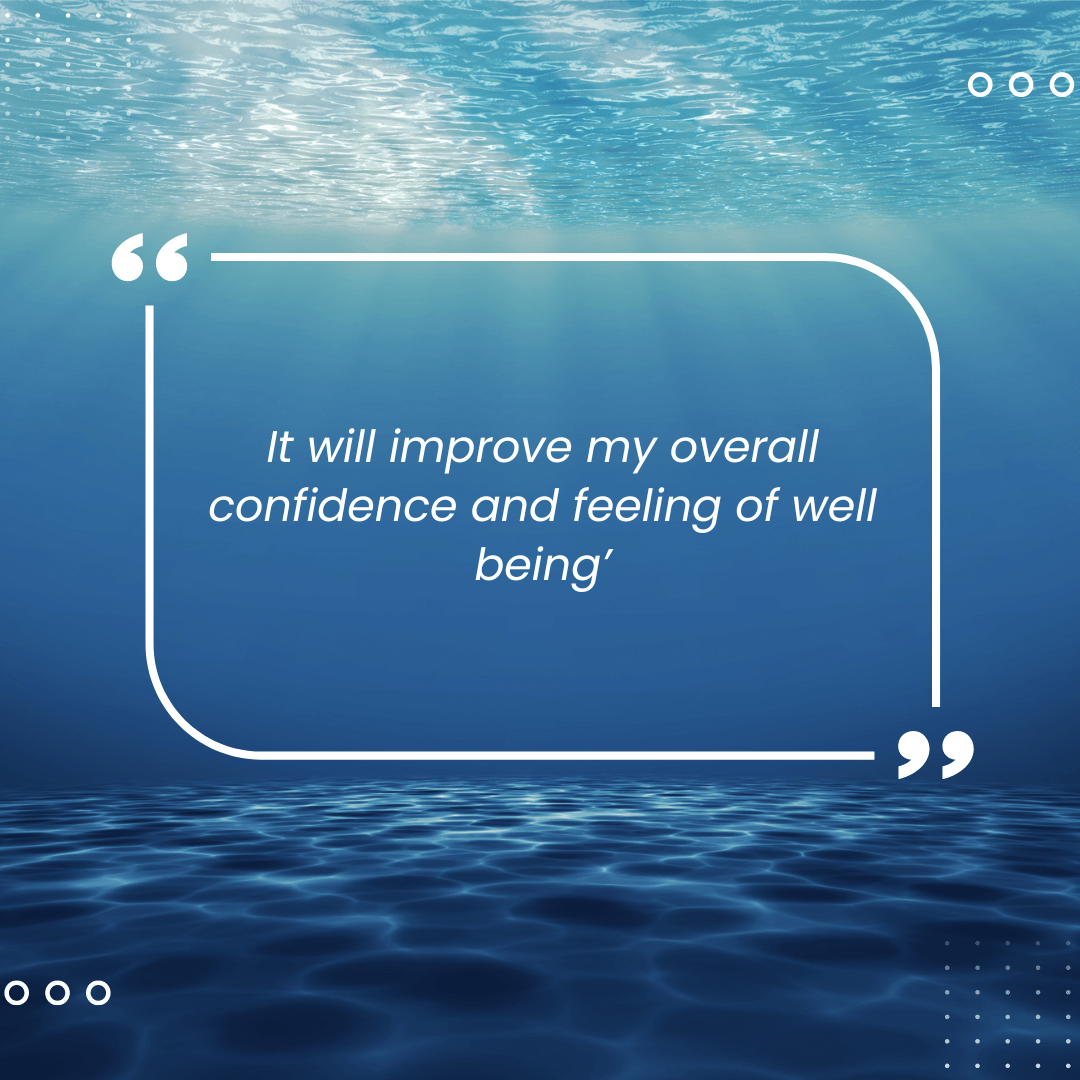
All behaviour is driven by the desire to solve a problem.
The ultimate purpose of habits is to solve the problems of life with as little energy and effort as possible.
If a habit remains mindless, you can’t expect to improve it.
‘Until you make the unconscious conscious, it will direct your life and you will call it fate’
Once our habits become automatic, we stop paying attention to what we are doing. The process of behaviour change always starts with awareness. You need to be aware of your habits before you can change them.
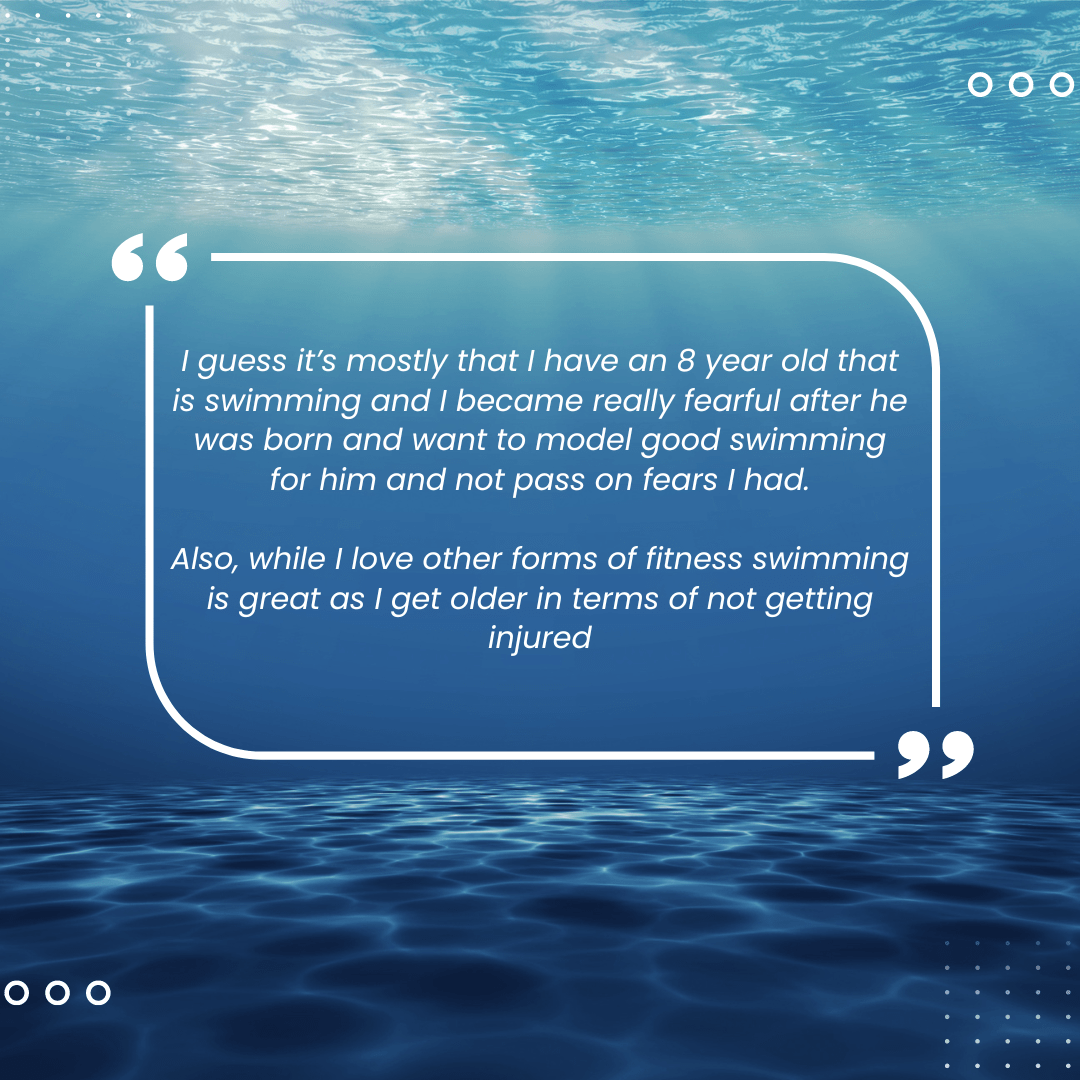
People who make a specific plan for when and where they will perform the new habit are more likely to follow through.
Habit formation is the process by which a behaviour becomes progressively more automatic through repetition.
The more you repeat an activity, the more the structure of your brain changes to become efficient at that activity. The connections between the neurons in the brain strengthen. With each repetition, cell to cell signalling improves and the neural connections tighten, this phenomenon is known as as Hebb’s Law
“Neurons that fire together wire together.”
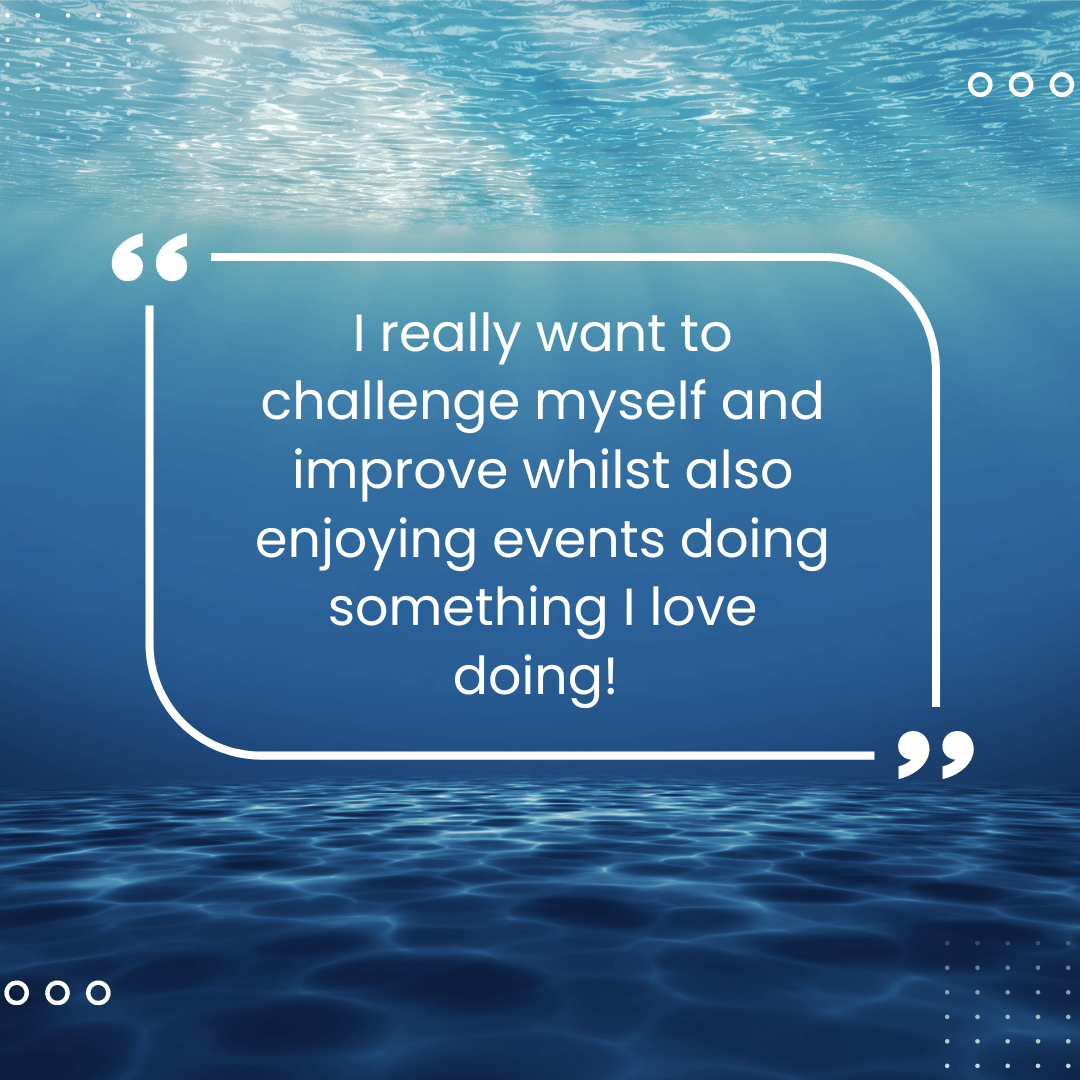
Even before Neuroscientists made their own findings in 1860 the English Philosopher George H. Lewes noted:
“In learning to speak a new language, to play a musical instrument, or to perform unaccustomed movements, great difficulty is felt, because the channels through which each sensation has to pass have not become established; but no sooner has frequent repetition cut a pathway, than this difficulty vanishes; the actions become so automatic that they can be performed while the mind is otherwise engaged.’
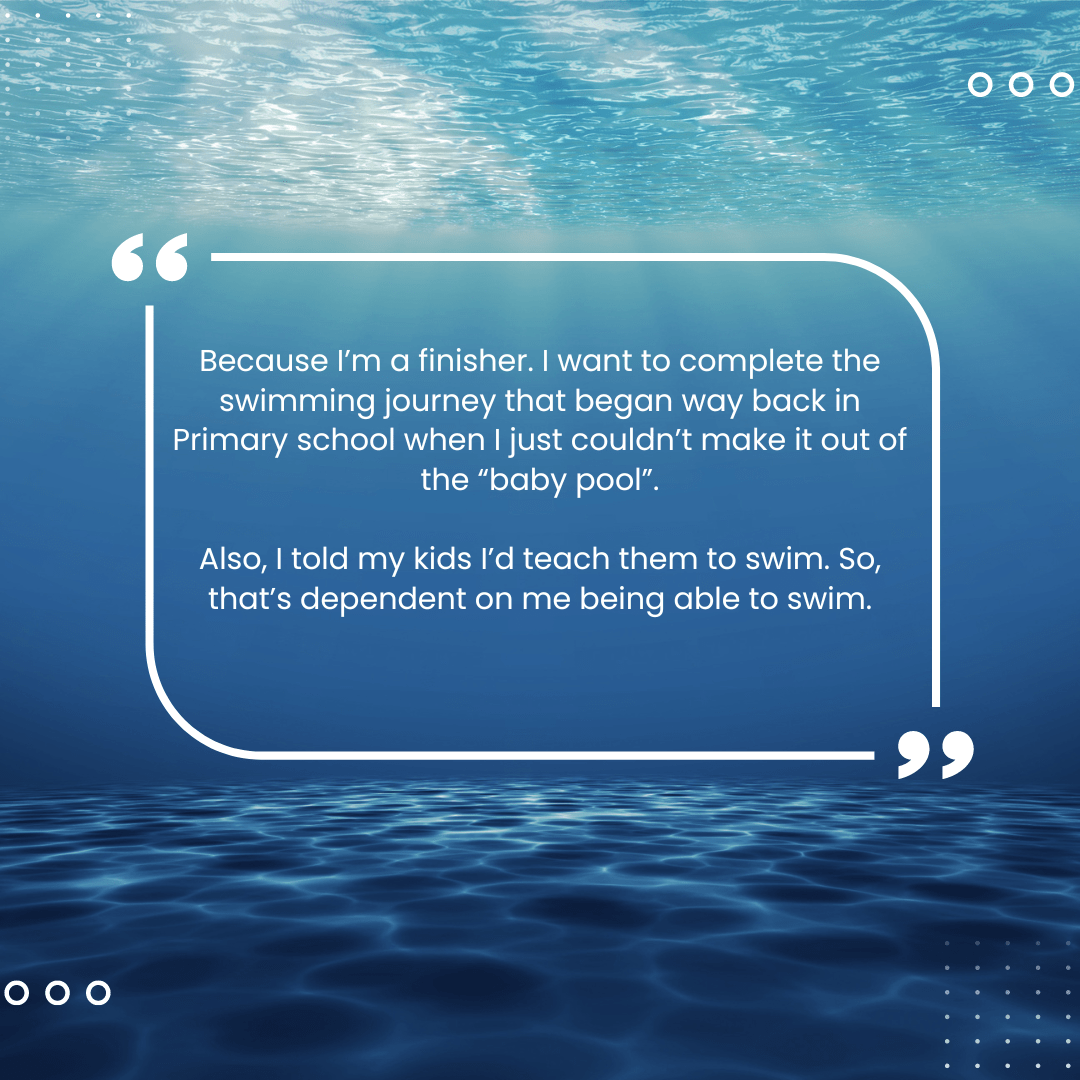
Both common sense and scientific mind both agree: repetition is a form of change.
All habits follow a similar trajectory from effortful practice to automatic behaviour, a process known as automaticity, the ability to perform a behaviour without thinking about each step, when the non conscious mind takes over.
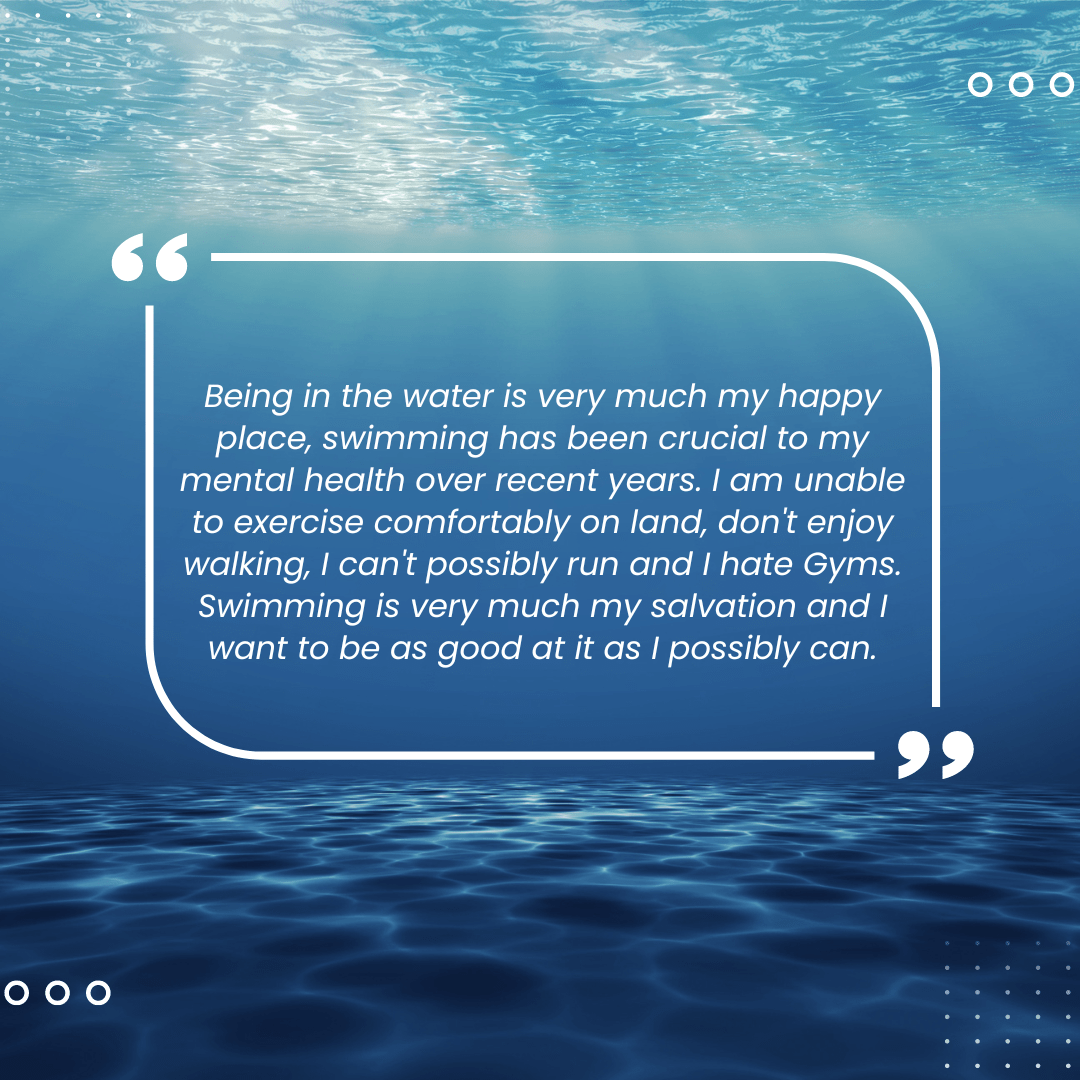
I often get asked how long will it take to learn how to build a new habit (in my case swimming)
What people should be really asking ‘how many does it take to form a new habit.’
That is how many repetitions are required to make the habit automatic. There is nothing magical about time passing with regard to habit formation. What matters is the rate at which you perform the behaviour.
You could do something twice in thirty days or two hundred times. It’s the frequency that makes the difference. To build a habit, you need to practice it.
Human behaviour follows the Law of Least Effort. We will naturally gravitate towards the option that requires the least amount of work.
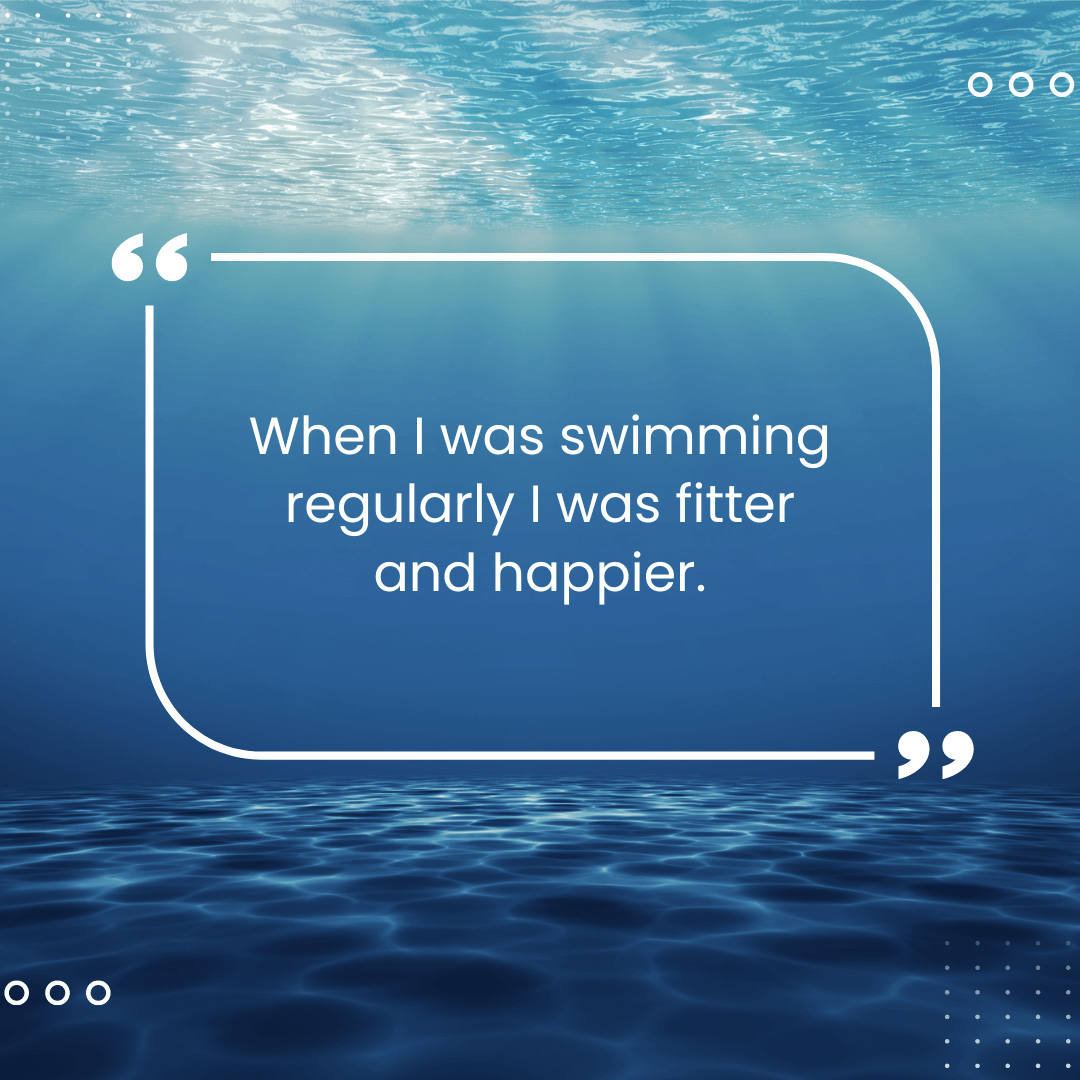
A habit needs to be enjoyable and satisfying for it to last. To get a habit to stick you need to feel immediately successful – even if it’s in a small way.
What’s the difference between the best athletes and everyone else. What do the really successful people do that most don’t?
Genetics, luck, talent and who can handle the boredom of training everyday!
Mastery requires practice. But the more you practice something, the more boring the routine it becomes. Once the beginner gains have been made and we learn what to expect, our interest starts to fade. The only way to become excellent is to be endlessly fascinated by doing the same thing over and over.
You have to fall in love with boredom.
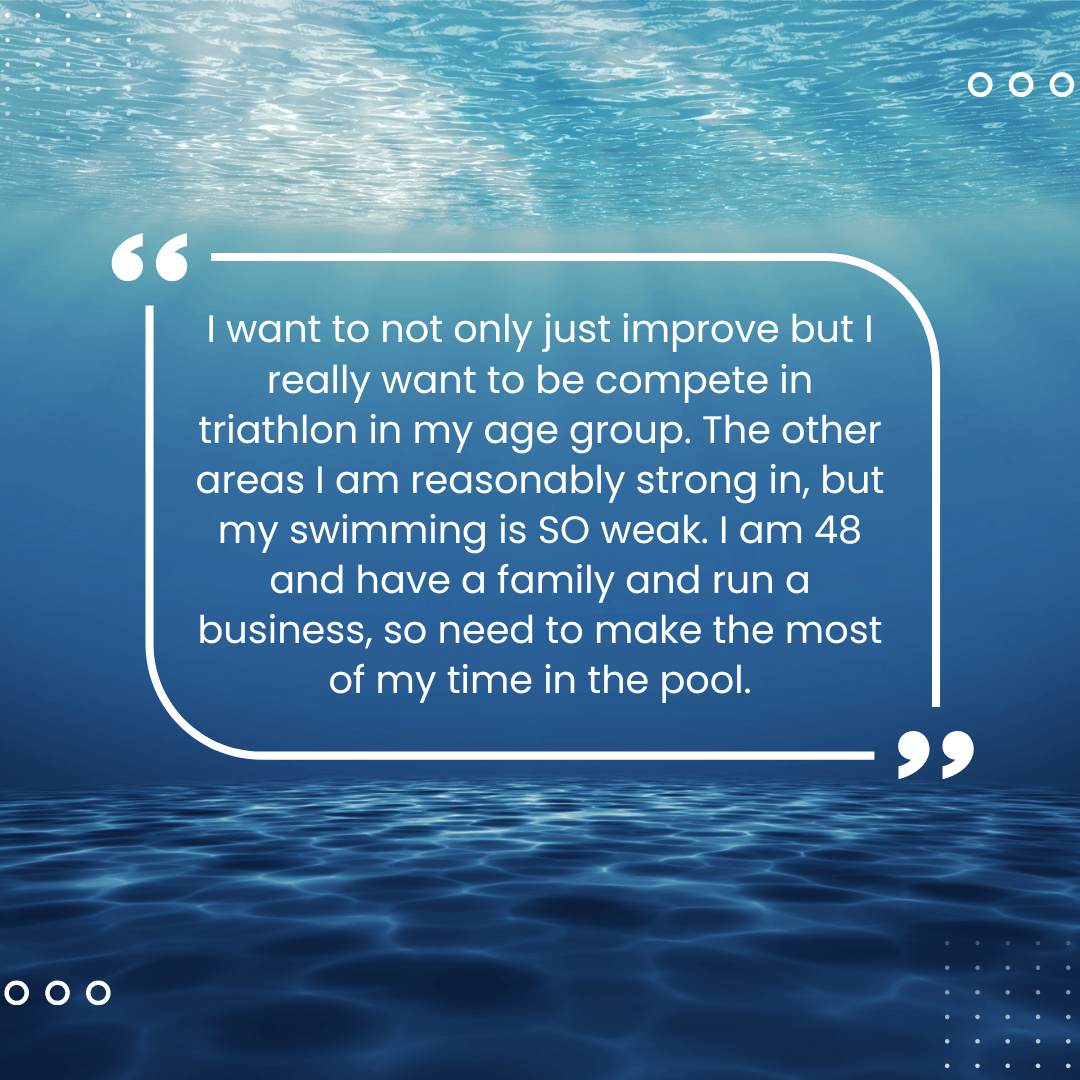
Habits create the foundation for mastery. When you know the simple movements so well that you can perform them without thinking, you are free to pay attention to more advanced details.
In this way, habits are the backbone of any pursuit of excellence. Habit though comes at a cost. At first, each repetition develops fluency, speed and skill. But then as a habit becomes automatic, you become less sensitive to the feedback. You fall into mindless repetition. It becomes easier to let mistakes slide.
When you can do it ‘good enough’ on autopilot, you stop thinking about how to do it better.
You assume you are getting better because you’re gaining experience. In reality, you are merely reinforcing your current habits – not improving them. Some research shows that once a skill has been mastered there is usually a slight decline in performance over time.
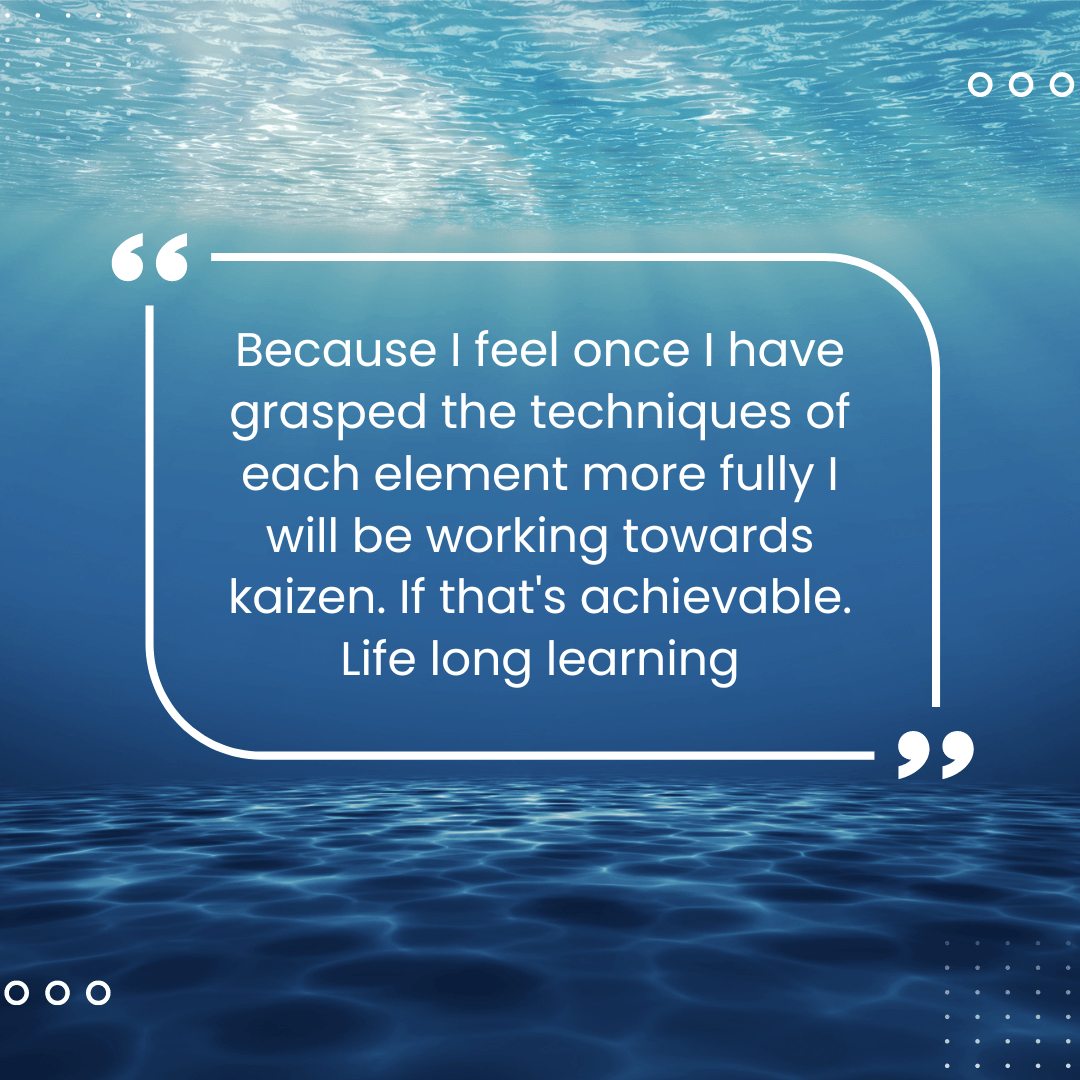
Habits + Deliberate Practice = Mastery
Mastery is the process of narrowing your focus to a tiny element of success, repeating it until you have internalised the skill, and then using this new habit as the foundation to advance to the next frontier of your development.
Old tasks become easier the second time around, but it doesn’t get easier overall because you’re now pouring your energy into the next challenge.
Each habit unlocks the next level of performance. It’s an endless cycle.
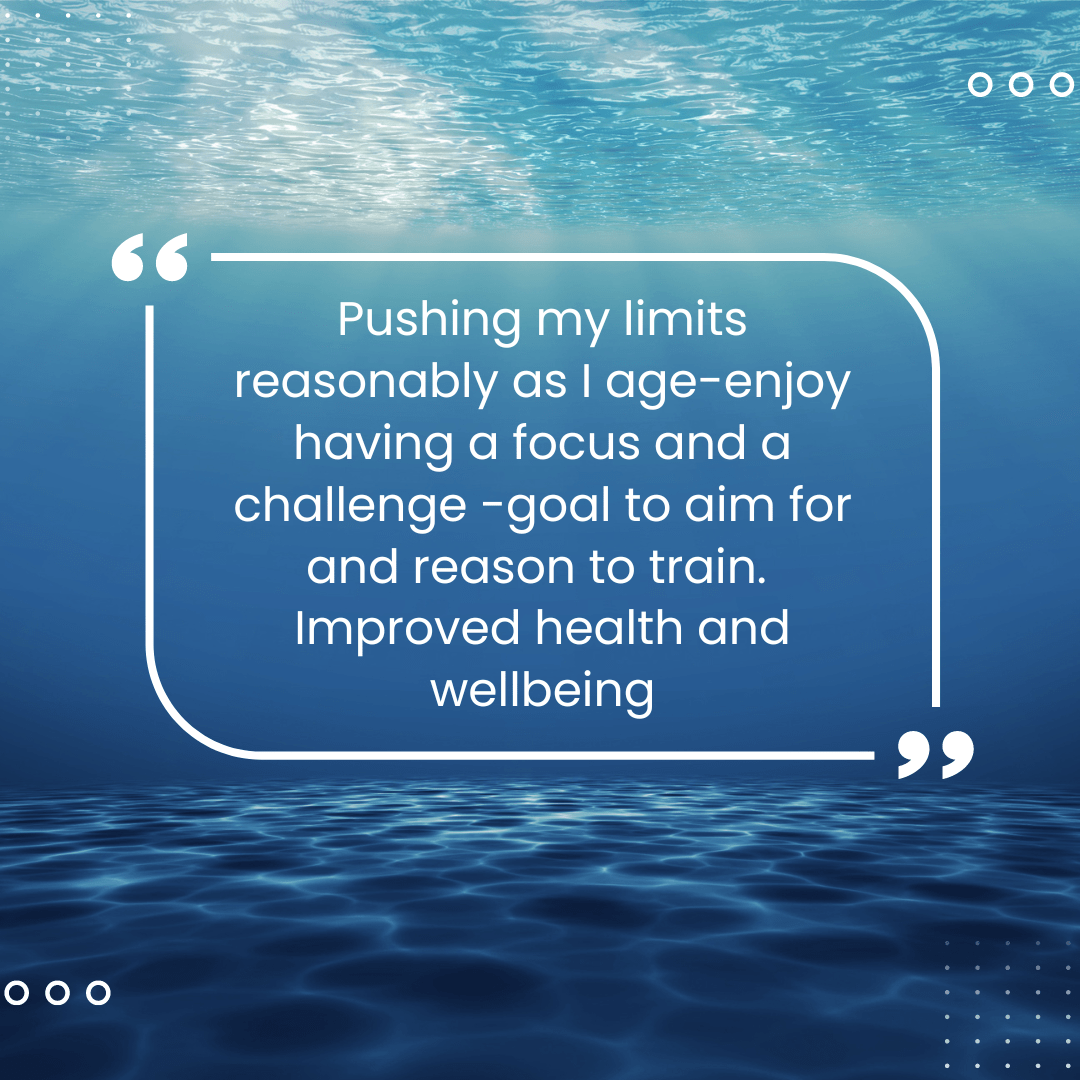
Although habits are powerful, what you need is to remain conscious of your performance over time, so you can continue to refine and improve. It is precisely at the moment when you begin to feel like you have mastered a skill – right when things are starting to feel automatic and you are becoming comfortable – that you must avoid the trap of complacency.
The solution? Establish a system of reflection and review.
Peak performance comes from getting slightly better each day. Spiritually, mentally and physically. The 1% gains.
Improvement is not just about learning habits, it’s also about fine tuning them.
Reflection and review ensures that you spend your time on the right things and make course corrections whenever necessary. You don’t want to keep practicing a habit if it is ineffective.
The secret to getting results that last is to never stop making improvements. It’s remarkable what you can build if you just don’t stop.
